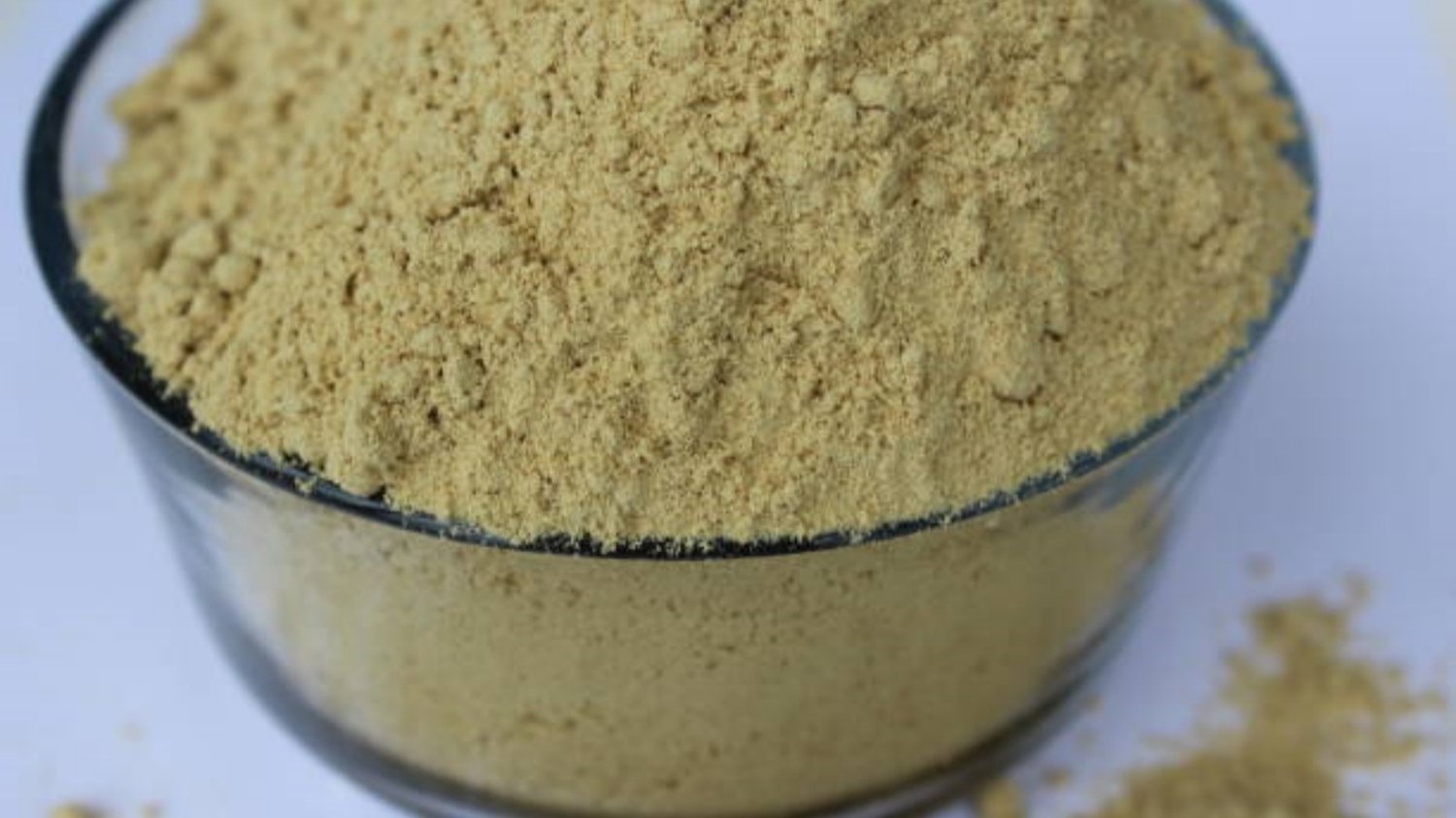spinosad insecticide: An Effective Solution for Pest Control
When it comes to pest control, finding an effective solution that is safe for both humans and the environment can be a challenge. However, spinosad insecticide has emerged as a viable option for controlling a wide range of pests while minimizing harm to non-target organisms. In this article, we will explore the various aspects of spinosad insecticide and its applications in pest management.
What is Spinosad Insecticide?
Spinosad insecticide is a naturally derived compound that was first discovered in the 1980s. It is produced by a soil bacterium called Saccharopolyspora spinosa. This insecticide is classified as a microbial pesticide, as it is derived from living organisms. Spinosad is unique in its ability to effectively control pests while posing minimal risks to humans, wildlife, and the environment.
How Does Spinosad Work?
Spinosad works by targeting the nervous system of insects. When ingested, it activates certain receptors in the insect's brain, leading to hyperexcitation of the nervous system. This ultimately results in paralysis and death of the pest. Spinosad also has some contact activity, meaning it can kill insects upon direct contact. The mode of action of spinosad makes it particularly effective against chewing insects, such as caterpillars, beetles, and leafhoppers.
Applications of Spinosad Insecticide
Spinosad insecticide has a wide range of applications in pest management. It can be used in both agricultural and residential settings to control various pests. Some of the common applications of spinosad insecticide include:
1. Crop Protection
Spinosad insecticide is widely used in agriculture to protect crops from damaging pests. It is effective against a broad spectrum of insects, including fruit flies, thrips, armyworms, and corn borers. Farmers can apply spinosad-based products as foliar sprays, soil drenches, or seed treatments to control pests and prevent crop losses.
2. Organic Gardening
For those practicing organic gardening, spinosad insecticide offers an effective pest control option. It is approved for use in organic farming by many certification programs. Gardeners can use spinosad-based products to control pests like aphids, caterpillars, and spider mites without compromising the organic integrity of their produce.
3. Veterinary Use
Spinosad insecticide is also used in veterinary medicine to control fleas and ticks on pets. It can be found in various pet products, such as topical treatments and shampoos. Spinosad is effective against adult fleas and can provide long-lasting protection for pets, ensuring their comfort and health.
4. Public Health
In addition to agricultural and residential use, spinosad insecticide plays a crucial role in public health. It is used for the control of mosquito larvae in areas where mosquito-borne diseases are prevalent. By targeting the larvae, spinosad helps reduce the adult mosquito population and minimize the risk of diseases like dengue fever and malaria.
The Benefits of Spinosad Insecticide
Spinosad insecticide offers several advantages over traditional chemical pesticides. Here are some of the benefits of using spinosad:
1. Low Toxicity
One of the key advantages of spinosad is its low toxicity to mammals, birds, and fish. It has been classified as an EPA (Environmental Protection Agency) reduced-risk pesticide, indicating its minimal impact on non-target organisms. This makes spinosad a safer option for pest control, particularly in sensitive environments.
2. Short Residual Activity
Unlike some chemical pesticides that persist in the environment for extended periods, spinosad has a relatively short residual activity. It breaks down quickly in sunlight, soil, and water, reducing the risk of accumulation and long-term environmental damage. This characteristic makes spinosad a suitable choice for integrated pest management (IPM) programs.
3. Selective Mode of Action
Spinosad targets specific receptors in the insect's nervous system, making it highly selective in its mode of action. This means that beneficial insects, such as bees and ladybugs, are less affected by spinosad insecticide compared to broad-spectrum chemical pesticides. The selective nature of spinosad helps preserve beneficial insect populations and maintain ecological balance.
4. Resistance Management
Another advantage of spinosad is its reduced risk of resistance development in insect populations. Due to its unique mode of action, pests have a lower likelihood of developing resistance to spinosad compared to conventional insecticides. This makes spinosad an important tool for integrated pest management strategies aiming to minimize resistance issues.
Conclusion
Spinosad insecticide has emerged as a valuable tool in pest management, offering effective control of a wide range of pests while minimizing harm to the environment. Its low toxicity, selective mode of action, and short residual activity make it a desirable choice for both agricultural and residential applications. Whether you are a farmer, gardener, pet owner, or concerned about public health, spinosad insecticide provides a safe and reliable solution to your pest control needs.

